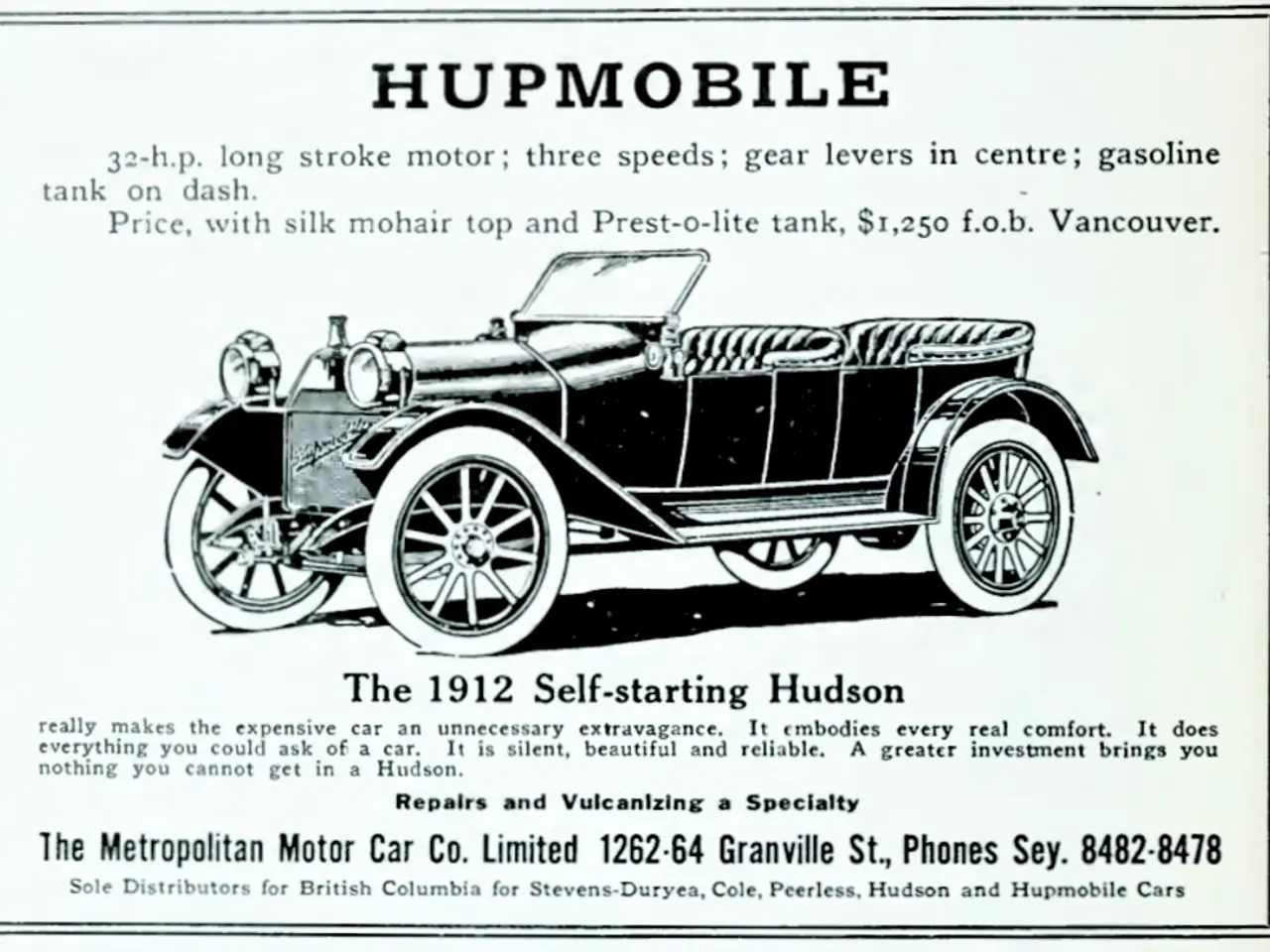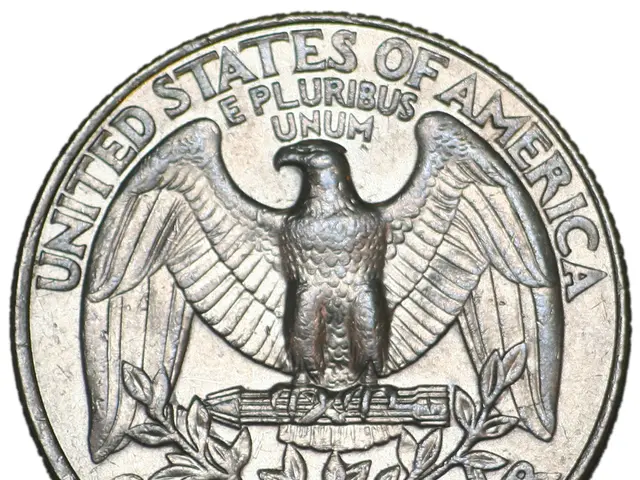Car Dealers Propel August Gains with July's Most generously Offered Incentives
The auto loan market expanded in July 2025, but so did late payments, according to a related report. Amidst this growth, the new-vehicle market was buoyed by pent-up demand, particularly from high-net-worth households.
The average price of a new electric vehicle (EV) dropped to $55,689 in July, a decrease from the previous month's revised average of $48,900. This decline was particularly significant for Tesla, whose average transaction price (ATP) fell 9.1% year-over-year to $52,949.
The decrease in prices was partly due to the impending expiration of federal EV tax credits scheduled for September 30, 2025. This created a sense of urgency among buyers, prompting manufacturers and dealers to sharply increase incentives. In some cases, these incentives slashed nearly $10,000 off new EV prices.
As a result, incentives spent on new vehicles in July 2025 reached 17.5% of the average transaction price, marking the highest average incentive spend of the year. This surge in incentives led to a historic increase in EV sales, with new EV sales jumping 26.4% from June to a record 130,082 units in July—the second-highest monthly total ever recorded—and a year-over-year increase of 19.7%.
Premium luxury electric vehicle brands such as Audi, Cadillac, and Mercedes-Benz also experienced strong gains, increasing sales by 150%, 14.5%, and 6.4% respectively. Used EV sales also rose significantly, increasing by over 23% month-over-month and 40% year-over-year in July.
The combination of sharply increased incentives and tightening inventory created a highly competitive EV market. Tesla led the market, selling 53,816 units in July and dominating both new and used EV sales. The days’ supply for new EVs dropped 32.3% month-over-month to 87 days, narrowing the supply gap between EVs and internal combustion engine vehicles to its smallest margin in months.
However, it's important to note that only about 3% of EV buyers qualify for federal tax deductions that will sunset after September 30. The coverage for the tax deduction is only for new vehicles, which is a relatively small share of both what consumers buy and also what dealers want to sell.
Despite these trends, some brands bucked the trend. Acura, for instance, had lower prices compared to other luxury brands in July 2025. Jeep's sales jumped 27% year over year in July 2025, despite the price drop. Jeep incentives reached 8.1% of the average transaction price in July 2025, up sharply from 5.5% in July 2024.
Many luxury brands saw notably higher year-over-year ATPs in July 2025, with Cadillac, Land Rover, and Infiniti posting double-digit ATP increases. Among volume brands, Jeep led ATP declines, with the brand's average price falling nearly 12% year over year to $47,275.
In summary, the highest incentive spend in July 2025 was a direct response to the upcoming sunset of government tax credits, which significantly boosted sales volumes, particularly for luxury and electric vehicles, as consumers accelerated purchases to maximize savings before incentives ended. However, the end result is that 97% of people in the country who are buying an EV car for the first time just are not going to benefit from the federal tax deduction.
The escalating incentives in the EV industry were financed by manufacturers and dealers to capitalize on the impending expiration of federal tax credits, which subsequently led to a surge in both new and used EV sales in July 2025. Meanwhile, technology played a crucial role in this trend, as the emergence of advanced features and rising demand for electric vehicles transformed the automotive market.




